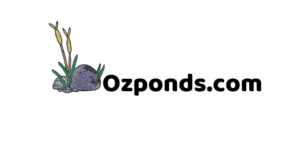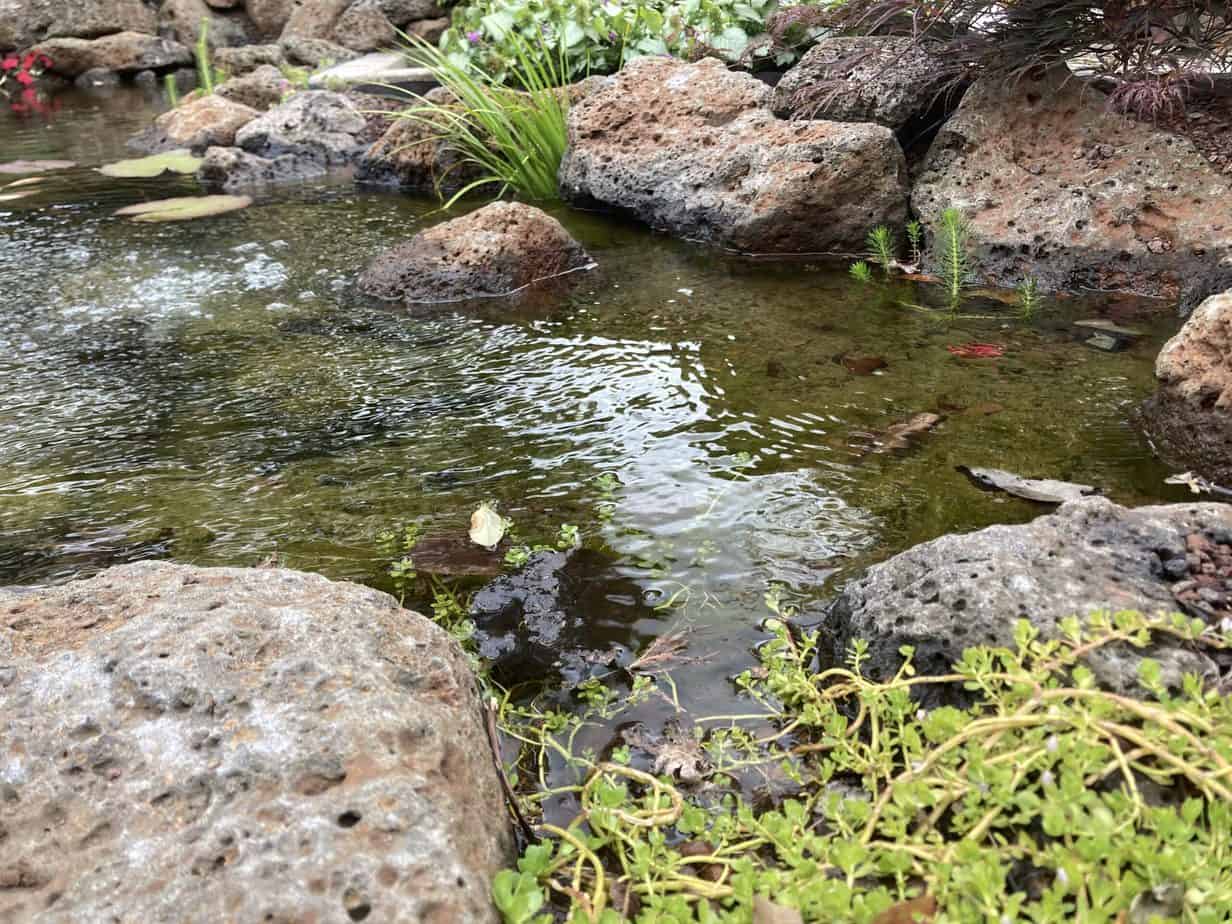For pond enthusiasts facing the persistent challenge of algae overgrowth, a surprising solution may be lurking in your household cabinet – hydrogen peroxide.
Here, I’ll explore the use of hydrogen peroxide as a whole-pond treatment. From the initial application to the surprising results, I’ll look into the potential benefits, precautions, and the overall impact on fish, plants, and the pond ecosystem.
You can choose to watch the video (below) or read the article.
The Experiment
I’ve always know that hydrogen peroxide is a great spot treatment for stubborn algae on a waterfall, in a stream or even inside an aquarium. But I wanted to see first hand how effective it would be as a whole pond treatment against ugly filamentous algae (blanket weed, string algae).
For the experiment I used only 3% hydrogen peroxide (Amazon affiliate link), this is quite a safe concentration and is sold over the counter in many different shops, including online at amazon for cleaning and sanitation purposes.
Hydrogen peroxide is two parts hydrogen and two parts oxygen (H2O2), water is (H2O). Once the peroxide reacts with the algae it becomes water and oxygen.
It is possible to buy the hydrogen peroxide at a stronger dosage and that would make economical sense, however it’s a powerful substance and I prefer to exercise caution, especially with live animals inside the pond.
Application Process
For the experiment I added 2 litres of hydrogen peroxide to the headwaters of my stream that feeds the main pond. The entire water volume of the system I estimate to be between 4000-5000L.
As a general guide use 1/2 Cup (125ml) of 3% hydrogen peroxide per 100 gallons (378Litres) of water. This is a good starting point from there you can monitor how it interacts with your pond and decide if you want to increase the dosage or use a stronger strength to make the treatment more economical.
I got a bit over zealous and added a bit more than I was supposed to.
By applying the hydrogen peroxide to the headwaters of the stream I was allowing it to circulate through the entire water body, not simply targeting specific algae-affected areas. The pumps were kept running the entire time.
Initial Concerns and Observations
My initial concerns included potential over-dosage and its impact on beneficial bacteria and aquatic life.
The next day, the algae had turned white, and the water appeared brown. I was worried I may have overdosed.
Results After Five Days
After five days, the water became crystal clear, and the white, dead algae disappeared.
Mayfly nymphs and other pond life that I could observe (including the fish), remained unharmed.
The Benefits
Hydrogen peroxide, is a powerful oxidiser, It can reduce organic waste and particles in the water column, it kills algae and it can even lift up the build up of organic waste on the bottom of the pond.
It may be a product you want to keep handy to help maintain a cleaner pond environment and decrease maintenance efforts.
Considerations and Cautions
Hydrogen peroxide may reduce heterotrophic bacteria (the bacteria in your biological filter), crucial for a healthy pond ecosystem.
It’s important that the hydrogen peroxide has something to react with, such as algae or muck on the bottom of the pond. If the pond is to clean the hydrogen peroxide won’t break down quickly into water and oxygen and that could be detrimental to the pond inhabitants.
Adequate aeration is crucial to prevent oxygen levels from crashing during a rapid algae die-off.
You may need to use higher or lower dosages, every pond is different. Start small and find what works.
Conclusion
Hydrogen peroxide presents an intriguing solution for pond maintenance.
It does not replace the need for creating a well functioning biological filter such as a bog filter (article on the power of bog filtration) and proper pond maintenance. It is simply a hand tool for your kit if algae or muck is taking over and you need a quick solution to help re-establish a balance.
I believe that if you create a well balanced ecosystem pond maintenance and ownership is a breeze. My pond formula pdf gives you all the formulas that I use when I build my ponds.
The use hydrogen peroxide will kill the algae but it doesn’t fix the underlying issue that caused the algae in the first place. The algae will return.
I hope this article was useful. Thanks for reading.

